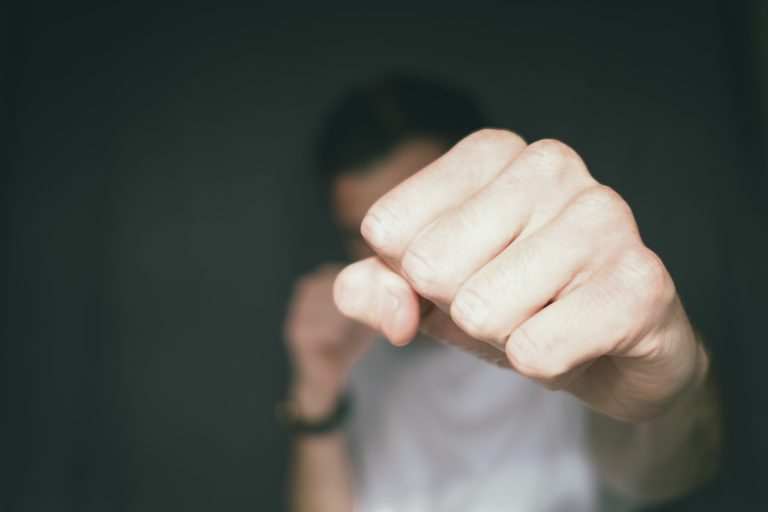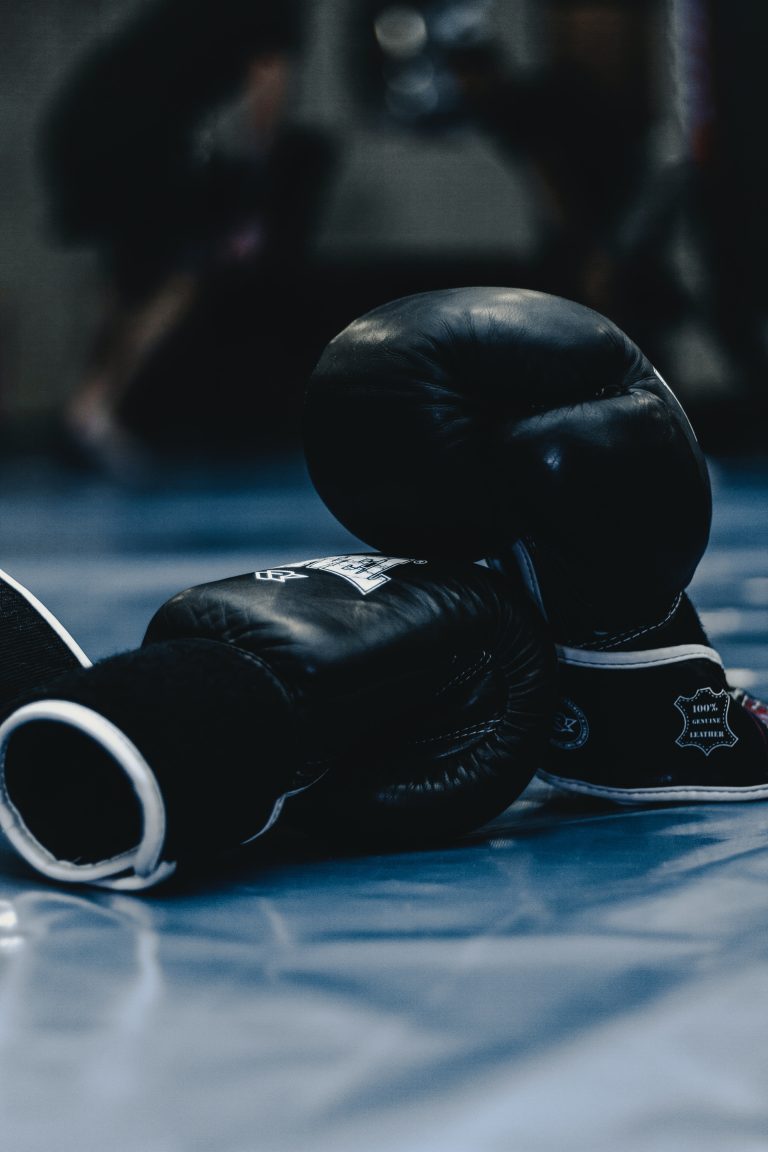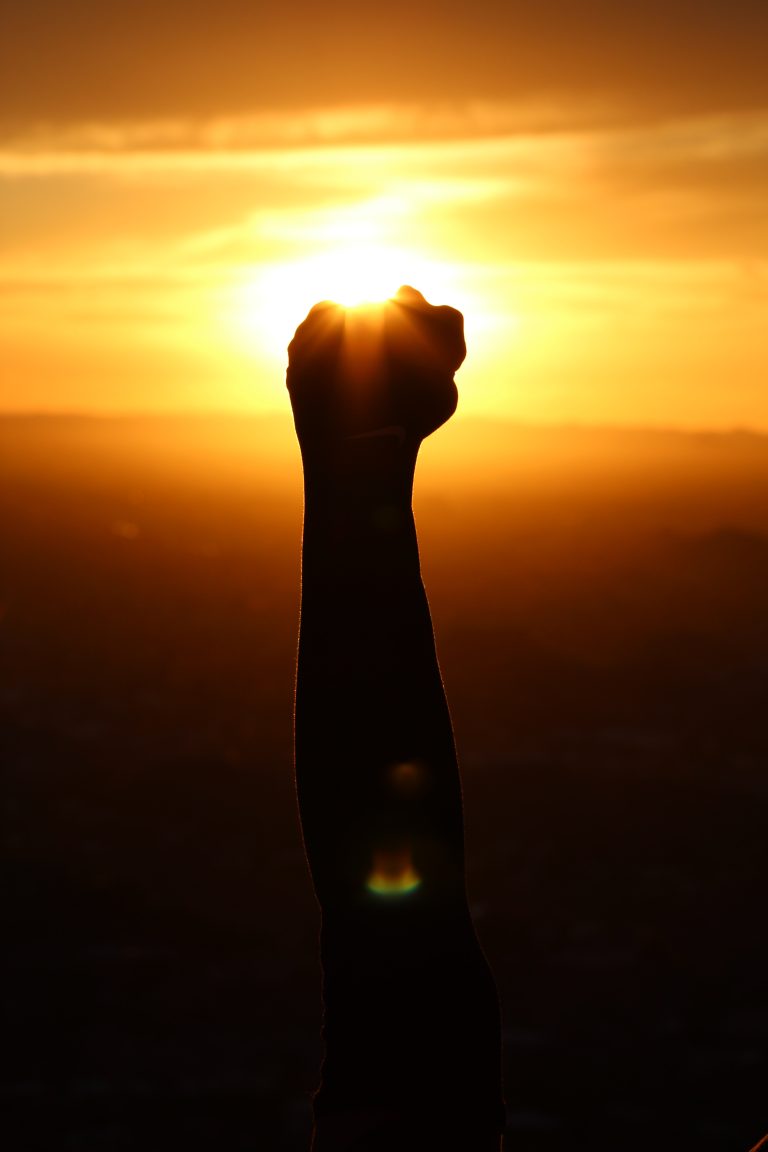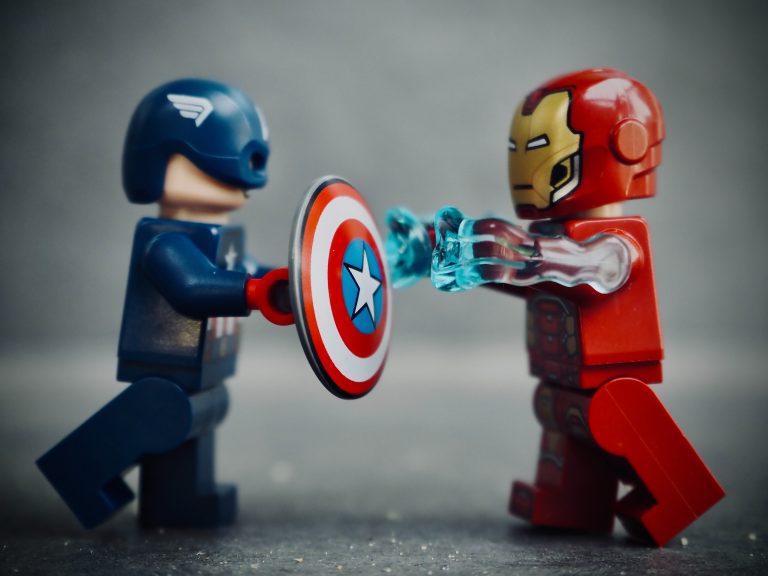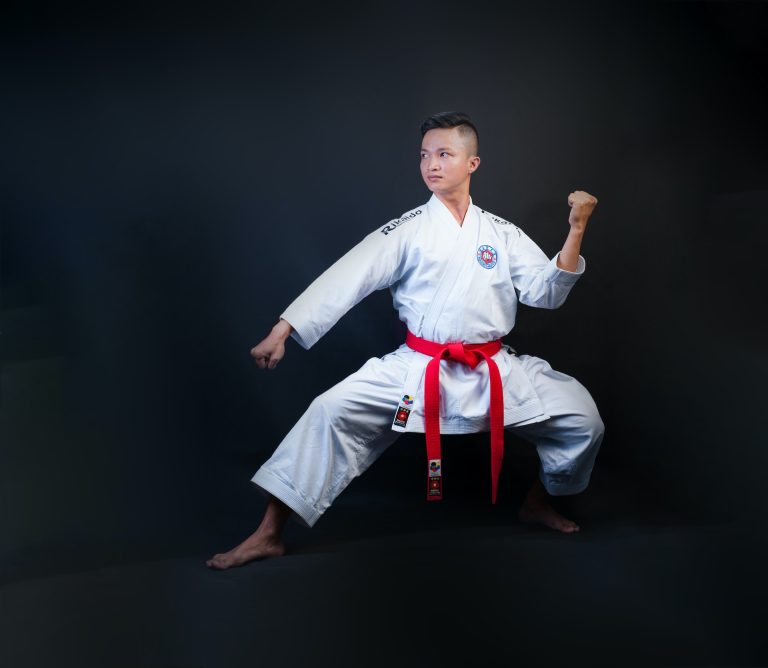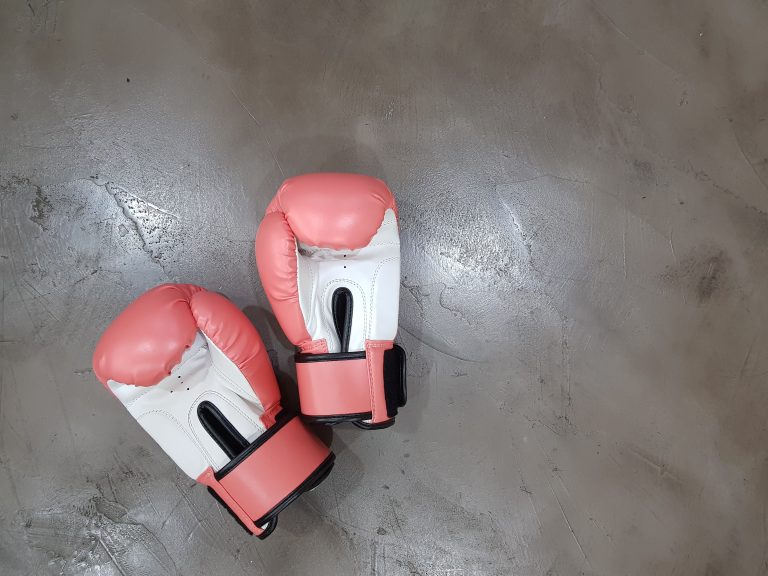How Popular is Karate in Japan?
Karate is a martial art that originated from Okinawa, Japan, during the Ryukyu Kingdom period. Over the years, it has become a popular sport worldwide, with many people practicing karate as a form of self-defense or for fitness purposes. As the birthplace of karate, Japan remains a significant player in the sport, and karate has a deep-rooted cultural significance in Japan. In this blog post, we’ll explore how popular karate is in Japan and what makes it a favorite among the Japanese people.
Karate’s Popularity in Japan
Karate is incredibly popular in Japan, and it is ranked as the country’s most popular martial art. Japan has around two million people practicing martial arts, and karate represents over half of that number. You’ll find karate schools (known as dojos) in nearly every neighborhood in Japan, from the big cities like Tokyo or Osaka, to the smaller rural villages, where it’s often practiced as a local community activity.
Japan has a rich history of martial arts, and it is widely known that many samurai practiced martial arts such as kendo, jujutsu, or kenjutsu. Today, karate is taught in schools as a part of the physical education curriculum, with many children starting to practice karate as young as five or six years old. Karate is taught to children not only for self-defense purposes but also as a way to instill discipline, concentration, and respect for others.
The Evolution of Karate in Japan
After its inception in Okinawa, Karate was brought to mainland Japan in the early 20th century. Gichin Funakoshi, the founder of Shotokan Karate, introduced the art to the Japanese people for the first time in 1922. Funakoshi adapted the techniques of karate to better suit the needs of the Japanese, creating a hybrid form of karate with a focus on kicks, strikes, and blocks.
Over the years, many different styles of karate developed in Japan, each with their unique techniques and training methods. These styles include Shotokan, Goju-ryu, Wado-ryu, Shito-ryu, and Kyokushin, among others. Each style was developed further by Japanese instructors, who adapted karate to the Japanese lifestyle and fused it with other martial arts and disciplines such as judo and aikido.
The Significance of Karate in Japanese Society
Karate has become an essential part of Japanese culture and society, with many practicing it as a way to stay fit or simply as a hobby. In addition, karate is seen as a way to develop discipline, focus, and respect for others. These values are highly valued in Japanese society, and karate, along with other martial arts, has been a part of shaping the culture and values of Japanese people.
Karate’s significance is not just limited to the physical aspects of the sport. The philosophy and teaching of karate are also highly valued in Japanese society, with many high-level karate instructors, known as sensei, also teaching life lessons along with their martial arts moves. The teachings focus on developing the mind, body, and spirit, with the ultimate goal of achieving harmony and inner peace.
How Popular is Karate in Japan: Frequently Asked Questions
Karate is a popular Japanese martial art that originated on the island of Okinawa. It has become an international sport and is practised by millions of people all over the world. However, many people wonder how popular Karate is in Japan, where it was born. In this blog post, we’ll answer the most frequently asked questions about Karate’s popularity in Japan.
What is the Origin of Karate in Japan?
The origin of Karate can be traced back to the Ryukyu Islands, specifically Okinawa. At the time, Okinawa was an independent kingdom with a rich culture that included unique martial arts. The influence of Chinese martial arts led to the development of Okinawan Karate in the early 20th century. Karate was first introduced to Japan in 1921 and has since become one of the most popular martial arts in the country.
Is Karate Recognised as a National Sport in Japan?
Karate is not currently recognised as a national sport in Japan. Despite Karate’s cultural importance and history in the country, it is not part of the Japanese government’s official list of national sports. However, Karate has been proposed to be included as a new Olympic sport, and it was approved for the 2020 Summer Olympics, which were held in Tokyo.
How Many Practitioners of Karate are there in Japan?
It is difficult to estimate the exact number of Karate practitioners in Japan, but it is believed that there are over six million. Within Japan, Karate is practised by people of all ages and backgrounds, from young children to seniors. Competitive Karate is also popular, with many high school and university clubs focusing on the sport.
What is the Status of Karate in Japanese Pop Culture?
Karate has a significant presence in Japanese pop culture, and its influence can be seen in many aspects of daily life. Popular TV shows, movies and anime series often feature Karate, and many famous Karate practitioners have become household names in Japan. Karate has also inspired fashion trends, with traditional Karate uniforms being a popular choice among young people.
What is the Relationship Between Japan and Karate?
Karate has a deep and enduring relationship with Japan. Although Karate was originally developed on Okinawa, its widespread popularity can be attributed to its adoption by Japan. Japanese martial arts experts were instrumental in promoting Karate, developing its techniques and organising competitions. Karate is often considered one of Japan’s most significant cultural exports as it has had an enormous impact on the global martial arts community.
Introduction
Karate is a form of martial arts that originated in Okinawa, Japan in the early 20th century. It has become very popular around the world and is known for its disciplined approach to training and self-defense techniques. In this blog post, we will explore the popularity of karate in Japan and provide a step-by-step guide on how to get started with karate training.
How Popular is Karate in Japan?
Karate is one of the most popular martial arts practices in Japan, with millions of people participating in it regularly. According to a report by the Japan Karate Association (JKA), there were over 1.3 million registered members in 2019. Karate is also a popular sport in high schools and universities across the country, often taught as part of the physical education curriculum. The popularity of karate in Japan has even led to the inclusion of the sport in the Olympics, starting from the 2020 Tokyo Olympics.
Getting Started with Karate Training
If you’re interested in learning karate, there are a few steps you can take to get started:
Step 1: Find a Dojo
The first step to learning karate is to find a dojo, which is a training facility for martial arts. You can search online for dojos in your area or ask for recommendations from friends or acquaintances who are involved in martial arts. You should also check the dojo’s reputation and credentials before signing up for any classes.
Step 2: Choose a Style
There are several styles of karate, each with its unique focus and techniques. The most popular styles include Shotokan, Goju-ryu, and Shito-ryu. Different dojos may specialize in different styles, so it’s essential to choose a dojo that aligns with your interests and goals.
Step 3: Attend Beginner Classes
Most dojos offer beginner classes or trial sessions for new students. These classes are designed to introduce the basics of karate and provide a safe and comfortable environment for learning. Attend a few beginner classes to get a feel for the training process and determine if karate is right for you.
Step 4: Invest in Equipment
As you progress in karate, you’ll need to invest in proper equipment such as a karate uniform (gi), belt, protective gear, and practice equipment. Ask your dojo for recommendations on where to purchase high-quality equipment.
Step 5: Set Goals and Keep Practicing
Like any skill, karate requires consistent practice and dedication to master. Set achievable goals for yourself and track your progress over time. Attend regular classes, practice outside of class, and seek feedback from your sensei (teacher) to continue improving.
Conclusion
Karate has a rich history and deep cultural significance in Japan. It’s a popular martial arts practice that offers many benefits, including physical fitness, self-defense skills, and discipline. By following the steps outlined in this guide, you can get started with karate training and embark on a fulfilling journey of personal growth and development.
Inhaltsverzeichnis

